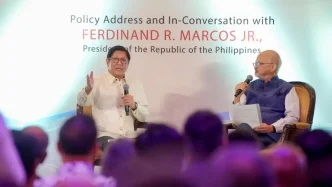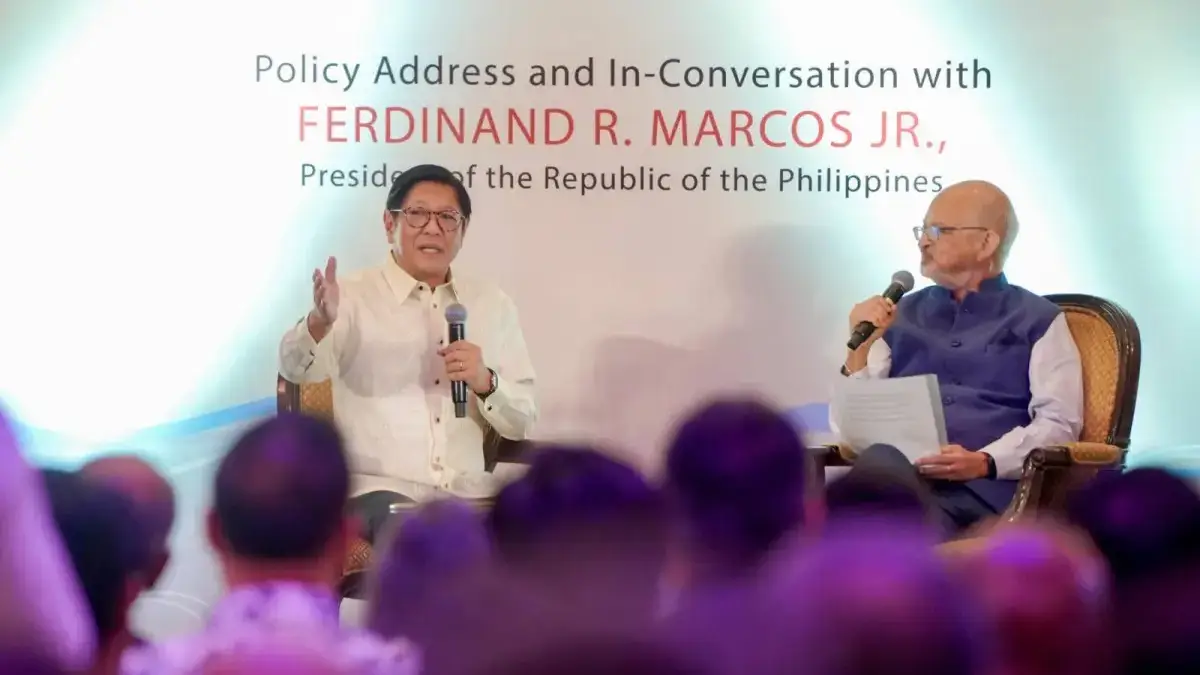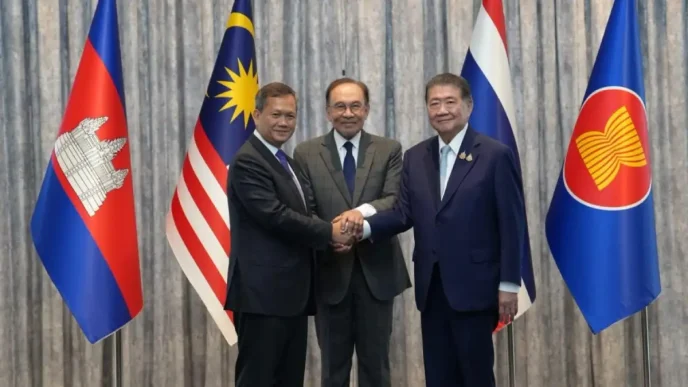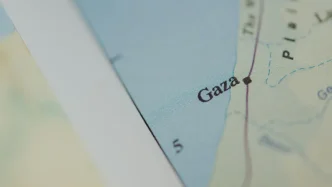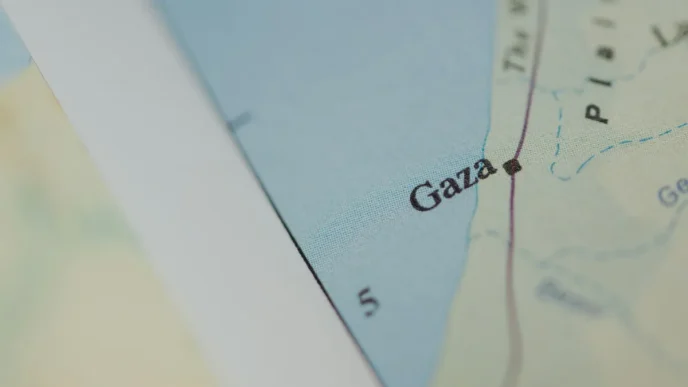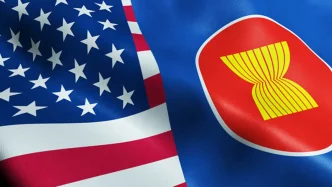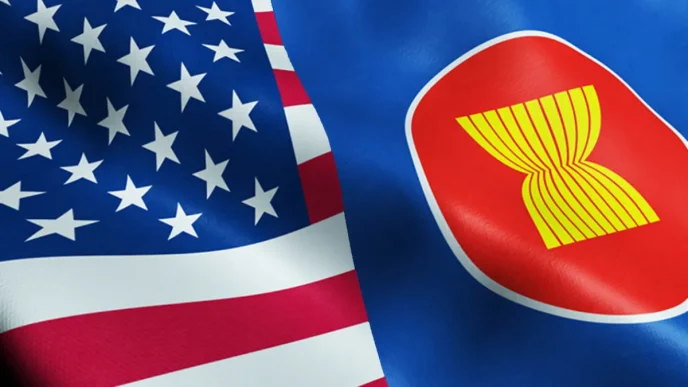Manila is gearing up to take a pivotal role in addressing one of Southeast Asia’s most enduring and contentious issues: the territorial disputes in the South China Sea. President Ferdinand Marcos Jr. has vowed to prioritize the adoption of a legally binding Code of Conduct (CoC) for the region when the Philippines assumes the chairmanship of the Association of Southeast Asian Nations (ASEAN) in 2026. With decades of stalled negotiations and rising tensions, Marcos sees this as a critical opportunity to establish clear rules for all nations involved in the disputes, aiming to prevent a major conflict in one of the world’s most strategically vital waterways.
A Long-Overdue Framework for Peace
The South China Sea, a resource-rich maritime zone, has been a flashpoint for overlapping territorial claims involving the Philippines, China, Vietnam, Malaysia, and Brunei. For over two decades, discussions on a CoC have lingered without resolution, despite the 2002 Declaration on the Conduct of Parties in the South China Sea (DoC) signed between ASEAN and China. The DoC, while a symbolic commitment to peace, lacks enforceability, leaving room for coercive actions and escalations, such as China’s seizure of Ayungin Shoal (also known as Second Thomas Shoal) in 2012 after a standoff with the Philippine Navy.
President Marcos, speaking in a recent podcast episode aired on August 9, 2025, emphasized the urgency of moving beyond the DoC’s limitations. “We will certainly try because it is very, very important” he stated, highlighting the need for a framework that clarifies expectations for all parties. A CoC, he argued, would delineate specific behaviors—prohibiting actions like building artificial islands or engaging in collisions at sea—thereby reducing the risk of miscalculations that could spiral into broader conflict.
For the Philippines, the stakes are particularly high. The West Philippine Sea, a portion of the South China Sea within Manila’s 370-kilometer exclusive economic zone (EEZ), remains a hotspot for armed confrontations and harassment of Filipino fishermen and government personnel by Chinese vessels. A 2016 ruling by the Permanent Court of Arbitration in The Hague upheld the Philippines’ sovereign rights within its EEZ and rejected China’s expansive claims over nearly the entire South China Sea. Beijing, however, has consistently dismissed the ruling, citing historical and legal grounds for its position—a stance that continues to fuel tensions.
Manila’s Diplomatic Push Amid Rising Tensions
Since taking office in 2022, Marcos has repeatedly urged ASEAN members and China to expedite negotiations on the CoC. During the 46th ASEAN Summit in Kuala Lumpur in May 2025, he reiterated this call, stating, “We underscore the urgent need to accelerate the adoption of a legally binding code of conduct on the South China Sea. This is to safeguard maritime rights, promote stability, and prevent miscalculations at sea.” His administration views the CoC as a mechanism not just for the Philippines but for all claimant states to navigate disputes without resorting to force or provocation.
The South China Sea is more than a regional concern; it is a global one. Approximately $3.4 trillion in trade passes through these waters annually, making stability in the region critical to international commerce. Beyond economic interests, the area holds significant geopolitical weight, with China’s growing military presence and artificial island-building activities drawing concern from major powers like the United States, Japan, and Australia. For smaller nations like the Philippines, a binding CoC could level the playing field, providing a rules-based order to counterbalance larger powers’ actions.
Yet, the path to consensus is fraught with challenges. China’s reluctance to accept a legally binding framework that might constrain its activities, coupled with differing priorities among ASEAN members, has delayed progress. Some member states, wary of straining economic ties with Beijing, have been hesitant to push too aggressively for a CoC. This dynamic places additional pressure on the Philippines to build a unified ASEAN front when it takes the chairmanship in 2026, a role that will test Manila’s diplomatic acumen.
Balancing Sovereignty and Diplomacy
Marcos has been careful to frame the Philippines’ pursuit of the CoC as consistent with its broader foreign policy of being a friend to all, and an enemy to none, a principle he articulated in his fourth State of the Nation Address in 2025. Addressing concerns that this stance might signal a softening on territorial disputes, he clarified in the podcast, “There is no shift in tone … continuing to defend strongly our territory is not mutually exclusive from being a friend to all and an enemy of none.” He stressed that asserting sovereignty and maintaining open communication with other nations are not contradictory goals.
This approach reflects a pragmatic recognition of the Philippines’ position. While Manila has filed numerous diplomatic protests against China’s aggressive maneuvers in the West Philippine Sea, Marcos acknowledged the limits of such actions. “We can only control what we do. We cannot control what other countries do” he noted, underscoring the importance of keeping dialogue channels open even in the face of repeated provocations. Shutting down communication, he warned, would only worsen the situation.
The Philippines’ strategy under Marcos also involves strengthening alliances beyond ASEAN. The country has deepened security ties with the United States, Japan, and Australia, conducting joint military exercises and securing agreements for greater maritime cooperation. These partnerships, while not directly tied to the CoC negotiations, provide Manila with additional leverage and support as it navigates its disputes with China. However, Marcos has been clear that such alliances do not alter the Philippines’ independent foreign policy or its commitment to resolving disputes through multilateral frameworks like ASEAN.
Historical Context and Legal Precedents
The push for a CoC is rooted in a history of failed attempts to manage South China Sea disputes. The 2002 DoC was intended as a stepping stone to a more robust agreement, but its non-binding nature has rendered it ineffective against escalating actions. Incidents like the 2012 Ayungin Shoal standoff and ongoing harassment of Filipino vessels highlight the gaps in the current framework. The 2016 arbitral ruling, while a legal victory for the Philippines, has had little practical impact on China’s behavior, underscoring the need for a mechanism with enforceable rules.
Other ASEAN claimant states—Vietnam, Malaysia, and Brunei—share similar concerns, though their approaches vary. Vietnam, for instance, has faced its own confrontations with China over oil exploration activities in disputed waters, while Malaysia and Brunei have generally adopted quieter diplomatic strategies. The diversity of interests among ASEAN members complicates the negotiation process, as consensus is required for any agreement to move forward. The Philippines’ chairmanship in 2026 offers a chance to bridge these differences, but success will depend on Manila’s ability to rally support for a shared vision of regional stability.
Looking Ahead to 2026
As the Philippines prepares to host the ASEAN Summit in 2026, the spotlight will be on whether Marcos can translate his administration’s rhetoric into tangible progress on the CoC. The task is daunting: negotiations have dragged on for over two decades with little to show for it, and the geopolitical landscape has only grown more complex. China’s assertive posture, combined with ASEAN’s internal divisions, poses significant hurdles. Yet, the potential payoff—a framework that reduces the risk of conflict and establishes clear norms for behavior in the South China Sea—is immense.
For now, Manila remains committed to dialogue, even as it faces criticism for relying on diplomatic protests that often yield no immediate results. Marcos’ insistence on maintaining open lines of communication reflects a long-term view: that sustained engagement, however frustrating, is preferable to escalation. As the 2026 chairmanship approaches, the Philippines will need to balance this patience with a firm push for a CoC that protects its interests and those of its neighbors.
The South China Sea disputes are unlikely to be resolved in a single summit or even a single year. But with the Philippines at the helm of ASEAN in 2026, there is a renewed opportunity to lay the groundwork for a more stable future. Whether this effort will yield a breakthrough or become another chapter in a decades-long saga remains to be seen.
